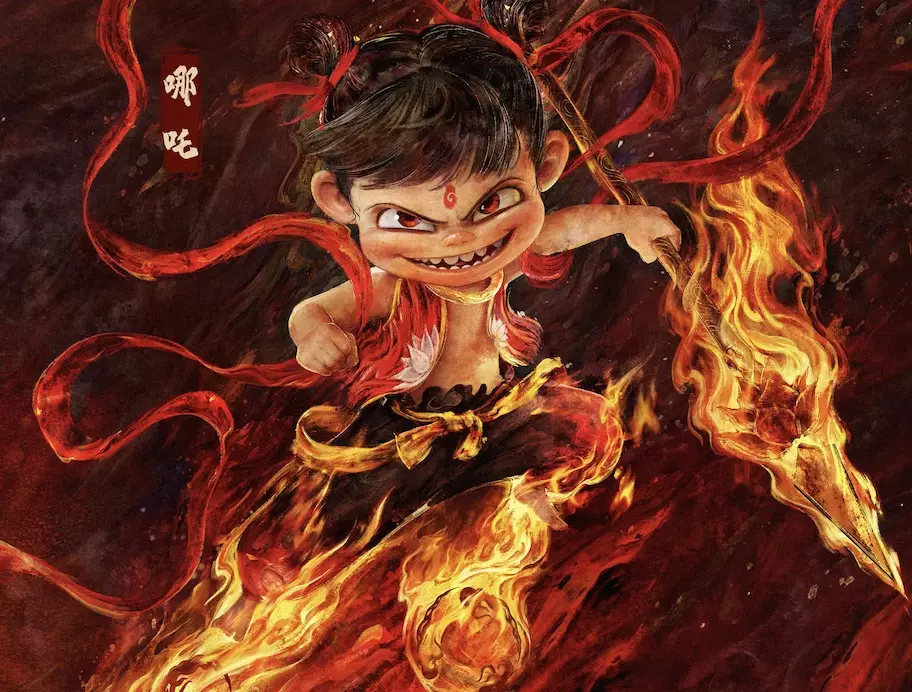Chinese animated film Ne Zha 2 has taken the global box office by storm, shattering records and redefining the animation landscape. Recently marked as the highest-grossing animated film of all time, it has surpassed the previous champion, Inside Out 2, and currently ranks eighth among all films worldwide. This remarkable achievement not only showcases the evolving tastes of global audiences but also reflects the growing influence and competitiveness of the Chinese film industry on the world stage. With a staggering box office haul exceeding $1.7 billion, Ne Zha 2 is revolutionizing perceptions of animated storytelling and its potential financial success.
Leading the charge, Ne Zha 2 amassed an impressive RMB 12.47 billion (approximately $1.72 billion) as of Thursday, with projections suggesting a possible final tally of RMB 15.1 billion ($2.08 billion). Such numbers would push Ne Zha 2 past iconic titles like Star Wars: The Force Awakens, moving it to fifth place in all-time global earnings. The Chinese box office remains a critical factor in the success of this film, as local ticketing platforms have begun factoring in presales into their overall tallies, contributing to the rapid climb of the film’s total revenue.
However, it’s essential to acknowledge that different counting methods may lead to discrepancies in reported earnings. While platforms like Maoyan include anticipated future earnings in their metrics, established outlets like Deadline focus solely on confirmed revenue reports. This difference underscores the importance of transparency in box office reporting, particularly as films like Ne Zha 2 set new benchmarks in a rapidly changing marketplace.
The success of Ne Zha 2 highlights a significant cultural shift, showcasing how Chinese film productions are capturing international attention and interest. The animated feature resonates with both local and global audiences due to its rich storytelling, intricate animation, and themes that bridge cultural divides. As the film continues its extended run in Chinese theaters until March 30, it solidifies its position as not merely an entertainment product but also a cultural phenomenon that can spark discussions about animation’s legitimate place in global cinema.
Interestingly, while Ne Zha 2 thrives, previous titans such as Spider-Man: No Way Home—standing at $1.95 billion despite never releasing in China—raise questions about the intersection of international markets and blockbuster filmmaking strategies. The film’s success in regions not explored by its predecessors showcases its potential for continued expansion and the diversity of audiences that animated content can engage.
As Ne Zha 2 continues its theatrical journey and approaches the impressive $2 billion mark, filmmakers and industry stakeholders are left contemplating what this means for the future of animated films. How will Ne Zha 2’s performance influence forthcoming productions, particularly in regards to budgeting, distribution, and cross-cultural marketing? Its unprecedented financial and cultural impact sets a high bar for future animated collaborations and exploration, defining a new era for how animation is perceived globally—one that appreciates storytelling diversity and elevates the genre beyond mere children’s fare to a respected and lucrative art form.

